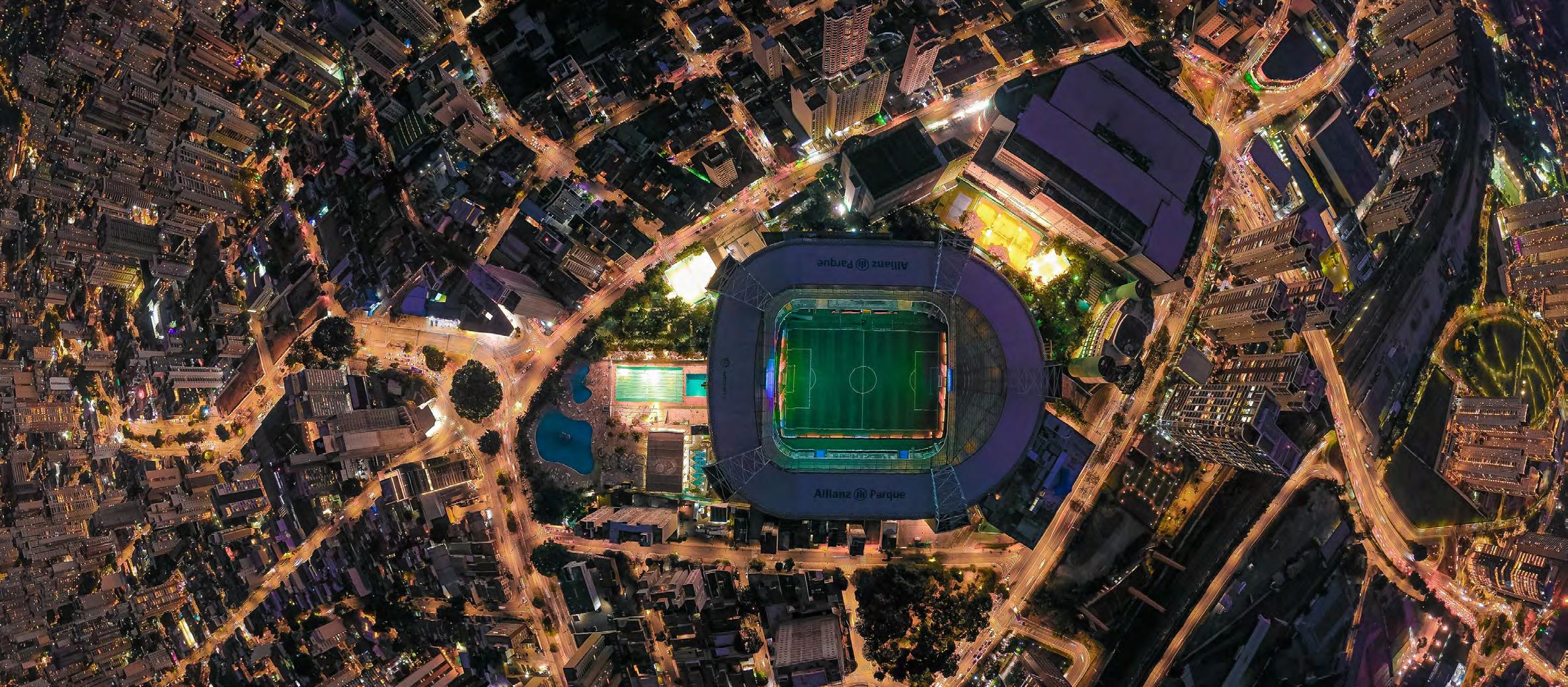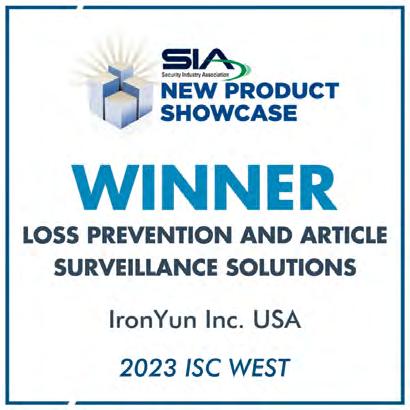
1 minute read
AIRSPACE AWARENESS AND PROTECTION ARE VITAL COMPONENTS OF PHYSICAL SECURITY
from NCS⁴ Gameday Security Magazine – Summer 2023
by National Center for Spectator Sports Safety and Security (NCS4)
BY TOM ADAMS Chief Executive Officer of AeroVigilance and Co-Architect of C-UAS Hub
AN IMPORTANT COMPONENT of a comprehensive physical security program is agility. The threats to our stadiums and venues are constantly evolving, and we must be prepared to evolve with the threat.
One physical security concern that is gaining a lot of attention lately are DRONES! Nefarious drones can easily overcome our traditional physical security infrastructure that includes gates, guns, and guards. Many people say that drones have “leveled” the playing field, but due to the legal limitations of some Counter-UAS technologies, I would suggest that drones have made the playing field unfair for those of us in the security world.
In the United States, federal criminal laws and regulations currently limit the types of technologies that can be used to protect mass gatherings. Although this is frustrating to security professionals, we should not let this limitation impact our efforts to secure our venues from airborne threats.
We may be limited in the types of technologies that can be used to protect our venues, but the integration of technology should not be our first step. Many would consider this unusual viewpoint blasphemous, but let me explain.
We must think about airspace awareness and protection as a house. In order to build a house you must have a foundation, walls, and a roof at the most basic level.
In order to build your airspace awareness and protection “house” you must have:
• Policies and Procedures (foundation)
• Training (walls)
• Technology (roof)
I’ve never personally built a house, but I do know that the construction process does not start with the roof. In order for the roof to be effective, other parts of the house must be built first.
POLICIES provide general guidelines that outline your organization’s plan for tackling the airspace awareness and protection security issue.
PROCEDURES explain specific actions for carrying out your airspace awareness and protection policy.
TRAINING can improve the security of your facility and increase the capabilities of your security team. This new threat will require a solid foundation of knowledge and continuing education.
Before you invest in TECHNOLOGY, it is important to understand:
• The available technologies – What are the possibilities? What is legal?
• The strengths and limitations of the different technology categories.
• The user requirements of your security stakeholders.
This new physical security challenge can seem rather daunting, but we believe it can be approached in a thoughtful, logical, and informed manner. It is important to begin tackling this challenge now.



















